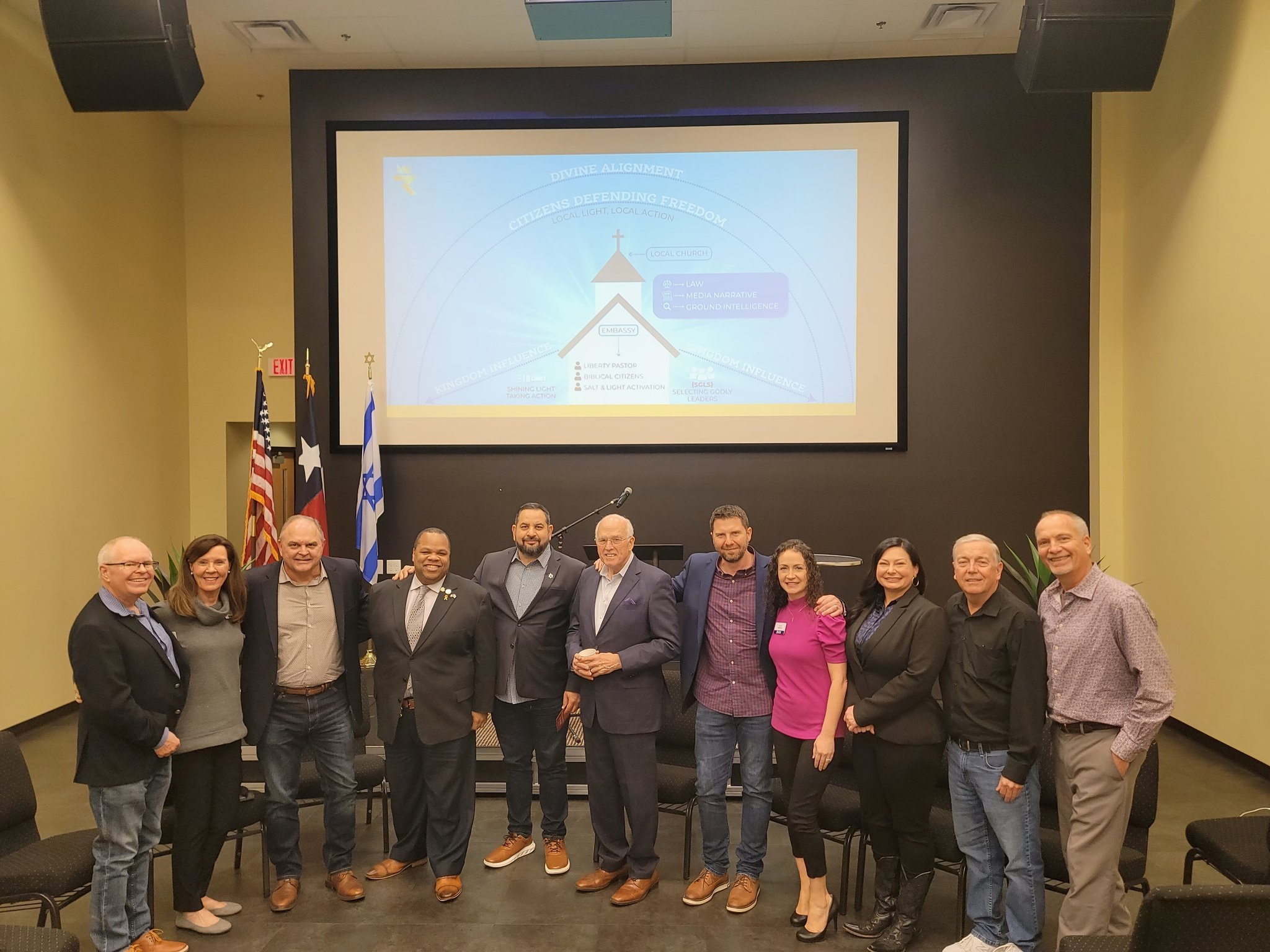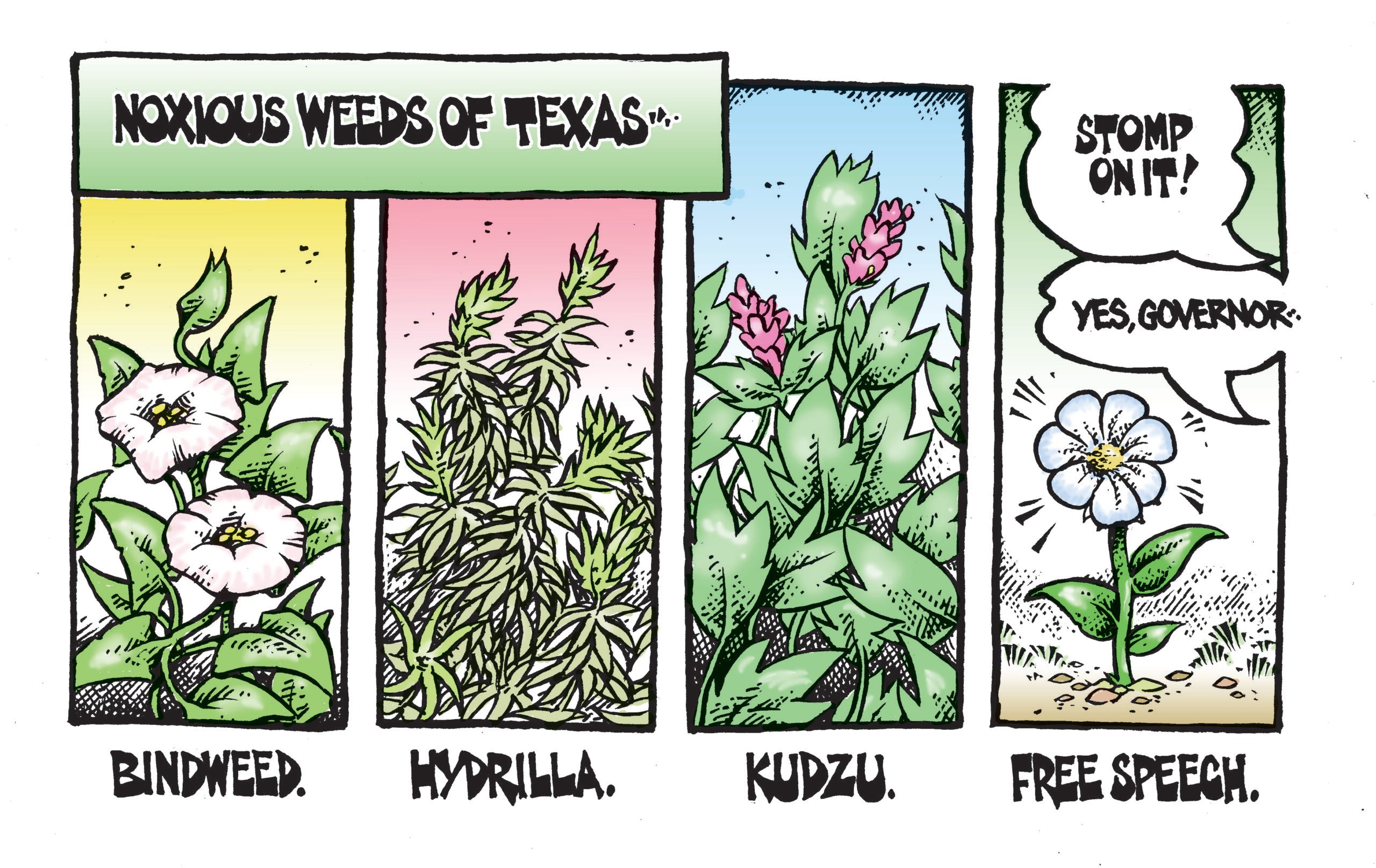ustxtxb_obs_1996_05_31_50_00021-00000_000.pdf
Page 5
BY LESLEY SALAS THE OTHER AMERICA FILM FESTIVAL. San Antonio, June 7June 15. Guadalupe Theater and other venues. IN 1992, ESPERANZA Peace and Justice Center director Graciela Sanchez envisioned a film festival that would make art accessible to communities overlooked by those in the business of promoting art. She invited director John Sayles to San Antonio, where two of his features, portraying poor communities in struggle, were shown at local housing projects. There, to the accompaniment of the lively dialogue following the screenings, the Other Americas Film Festival was born. This third incarnation of the festival, running from June 7June 15 in San Antonio, focuses on identity and empowerment. New York is the setting for The Girl in the Watermelon, Chilean director Sergio M. Castilla’s first U.S. offering. The film’s protagonist is Samantha Mayerofsky, an irrepressible seventeen-year-old impatient to receive an inheritance from her long-dead father. She begins snooping through her mother’s belongings and enlists a young magician friend to crack the combination of a small safe. Instead of piles of money, however, the door swings open to reveal a basketball and her mother’s yellowed daybook. Samantha flips to the week in 1976 when she would have been conceived and discovers not only the names, but the addresses, of two of the three men her mother was seeing at the time. A chaotic, and often hilarious, search for her father ensues, and flushes out Bob, a gay Manhattan art dealer, and Eddie, a salsa-blasting trumpeter in Spanish Harlem. In his 1995 feature entitled Rude, Jamaican-born Clement Virgo paints a deadon portrait of urban life. Surprisingly, this exploration of Afro-Caribbean culture takes place in Toronto, as framed by “Rude,” the brazen announcer for a pirate radio station. Most of the radios in a nearby housing project are tuned to Rude’s call-in show, and the film spends a weekend with three of the residents: a female cop whose drug-dealer boyfriend is fresh out of jail, a woman who agonizes over an abortion, and a boxer who falls in love with his trainer. Writer Lesley Salas lives in San Antonio. Many of the images in Rude are hauntingly real, but its otherworldly touches also resonate: a Mystical Lion of Judea prowls the housing project’s sandbox; a smiling daughter who was never born appears to a heartbroken woman; a time-lapse Easter sunrise suffuses its powers of resurrection into the characters’ broken lives. Despite the weighty issues it exploresthe dearth of jobs for black men, the seductive power of drugs, the persuasiveness of homophobia Rude manages to end on a hopeful note. The Uprising of ’34 explores a painful episode in the history of Southern labor organizing. This documentary, directed by George Stoney, Judas Helfand, and Suzanne Rostock, and funded by the Corporation for Public Broadcasting, tells the story of unionizing efforts by textile workers in Tennessee, Alabama, Georgia, and the Carolinas, using a combination of vintage film, personal reminiscences, and historical notes. Government officials and mill owners tell their stories, and the film explores the racism of white “lintheads” who exploit black maids. But the real stars are the elderly people who worked in the mills. Through them, mill towns in which companies dominated every institution, including the church, are brought into focus. Although the newly-elected FDR had promised a hurting nation a New Deal in 1933, in 1934 the new federal laws passed to protect textile workers were not being enforced in Southern mills. In September of that year, union leaders called some four hundred thousand cotton mill workers to a national strikeit took the bosses only three weeks to scare and starve their beleaguered employees off the picket lines. The painful memory of this incident is a part of the collective memory of the rural South, and the film is an affecting tribute to the courageous workers who were beaten back by mill owners. \(An update on the state of unions in the ’90s will accompany the San Antonio screening of The Other America Film Festival also offers a substantial selection of short films and videos. Down Here depicts the community created by the homeless in a Washington, D.C. train tunnel. In Mundo Milagroso, apparitions in the Rio Grande Valley underscore the blending of Spanish Catholicism and indigenous traditions within Mexican culture. Wry Cripsproduced by a theater collective of disabled women in Californiais as devilishly clever as its title. “Star Wars,” from page 13 that Ronald Reagan tried to pawn off on us in the eighties. His fantasy was to create an “umbrella” of armed space satellites over America that could shoot down any Soviet missiles fired at us. It was a silly scam, which is why even Reagan couldn’t convince either the Congress or the public to spend billions on it. But at least the Soviet Union existed then, which it no longer does. Dole and Gingrich, though, are not deterred by the absence of any real threat they intend to try to scare the public into believing that we have to build this thing A.S.A.P., lest Fidel Castro, Saddam Hussein or some other Big Bad Bogeyman rain missiles on us. Who is behind this porkbarrel project? A lobbying outfit that calls itself the “Coalition to Defend America.” And who, exactly, is this “coalition”? Why it’s the huge aerospace corporations that would profit by getting the multibillion-dollar contracts that Star Wars Junior would dole out. Big surprise, huh? This won’t surprise you either: The members of Congress who are leading the charge to shove this corporate welfare program down our throats have already taken more than seven hundred thousand dollars in bribesuh, I mean, in “campaign contributions”from these same aerospace corporations. To shoot down “Star Wars Junior,” contact the Center for Defense Information at ‘””Nsi % Sea Jps: Horse 1 o ar . \\ \\ a I pH \\ iilc Mt!: We i ll i li k ilk 1 11\(11111 0 c 1:1 11 111\( 1 1INI:11\(;’ \\C Il ;,,,. Pets Welcome ;4, 1423 llth Street ‘,rip e 01 Port Arlinsas, E178373 ‘$ S call 1; f\( Rc’SCITLI , o f “17110101144 ji, 014,_ ..10.4’ II *u s vir ,……….. v a , I Other Americans in San Antonio Inn Khc h,,,,,,, I /,,or\(;/, \(, is/,l THE TEXAS OBSERVER 21 …..1**.<440.0.1.0..0..rioralmokwiromoftIvaraellia


